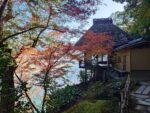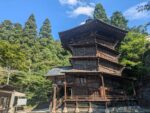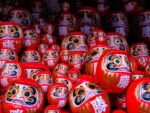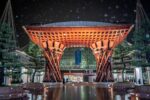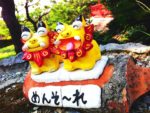
The vibrant red roof tiles, known as “Aka-gawara,” are an iconic feature of Okinawa’s landscape. These distinctive tiles not only add aesthetic appeal but also serve practical functions suited to Okinawa’s climate. In this article, we explore the history, maintenance, and famous buildings that showcase these traditional tiles.
What are Red Roof Tiles?
Red roof tiles in Okinawa are made by molding clay and firing it at high temperatures, causing the surface to turn a distinctive red due to the oxidation of iron. These tiles are typically fixed to roofs using white plaster called “shikkui,” and often feature “shisa” (guardian lion-dog statues) as protective charms.
Designed to withstand Okinawa’s intense sunlight, typhoons, and humidity, red roof tiles provide excellent durability. They also help keep homes cool in the summer and retain warmth in the winter.

History of Red Roof Tiles
The use of red roof tiles in Okinawa dates back to the Ryukyu Kingdom in the 17th century. Initially, only the royal family and aristocrats were permitted to use these tiles, while commoners relied on thatched roofs. However, after Okinawa was officially incorporated into Japan in 1879, red roof tiles gradually became accessible to the general public.
Due to their resistance to strong winds, salt damage, and fire, red roof tiles became widely used in both residential and public buildings. Today, many traditional buildings featuring these tiles are preserved as cultural heritage sites, maintaining the unique beauty of Okinawa’s architectural landscape.
How to Maintain Red Roof Tiles
To preserve the beauty and durability of red roof tiles, regular maintenance is essential. Here are some key tips for upkeep:
- Check for Tile Shifting
After typhoons or strong winds, inspect the roof for any displaced tiles and repair as needed. - Repair Plaster (Shikkui)
The white plaster securing the tiles can deteriorate over time, leading to tile movement. Prompt repairs prevent further damage. - Remove Moss and Dirt
Over time, moss and dirt can accumulate, accelerating tile deterioration. Gently washing the tiles with water helps maintain their appearance. - Inspect the Shisa Statues
Shisa statues, often placed on rooftops for protection, may suffer damage from weather conditions. Regular checks ensure they remain securely in place.
Famous Buildings Featuring Red Roof Tiles in Okinawa
Okinawa is home to numerous historic buildings showcasing traditional red roof tiles. Here are some must-visit sites:
1. Shurijo Castle
As the former royal palace of the Ryukyu Kingdom, Shurijo Castle is one of Okinawa’s most famous architectural landmarks featuring red roof tiles. Although the castle was severely damaged by fire in 2019, restoration efforts are currently underway to preserve its cultural significance.
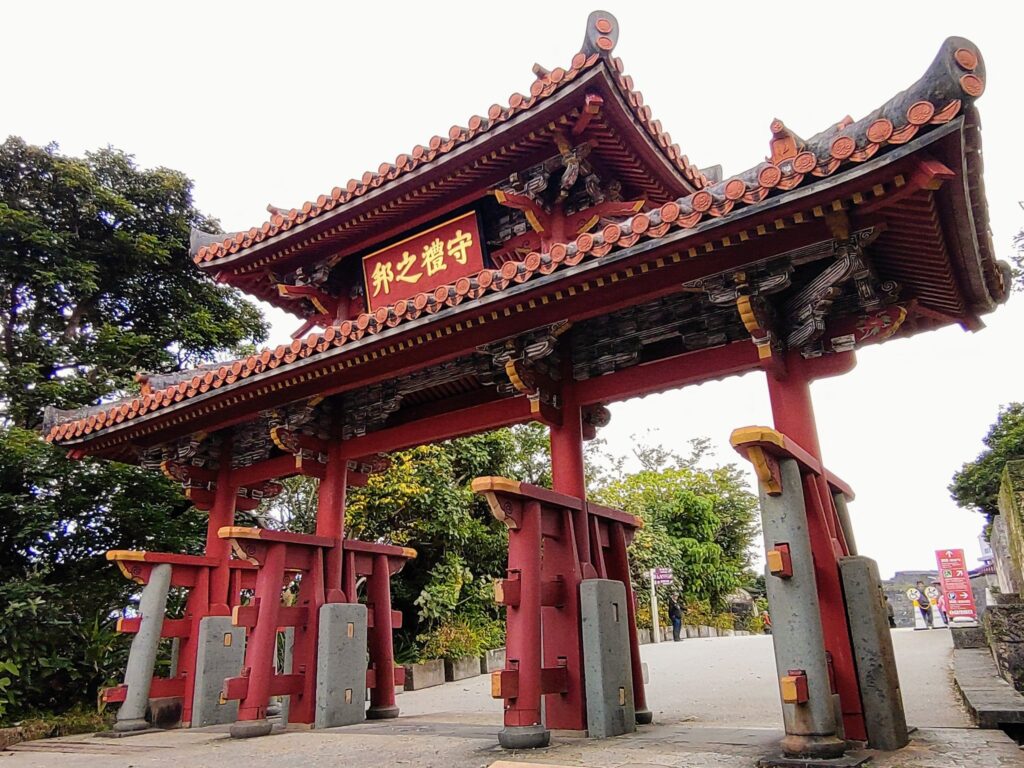
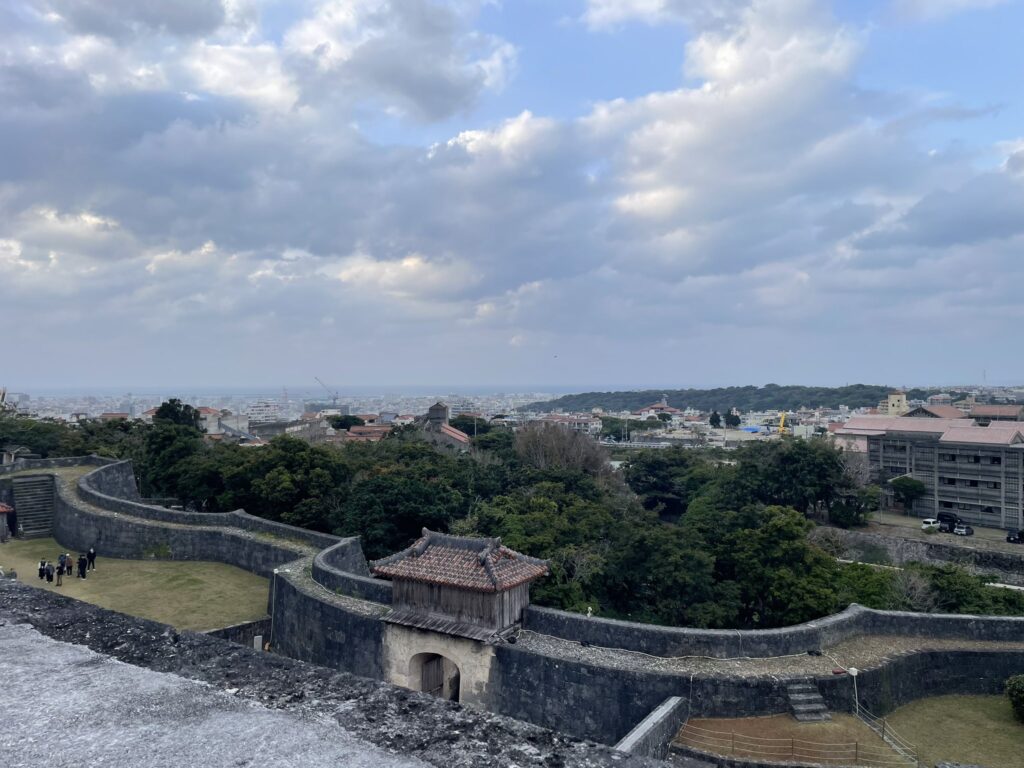
2. Shikinaen Garden
Built in the 18th century as a retreat for the Ryukyu royal family, Shikinaen Garden features a beautiful red-tiled palace surrounded by lush gardens. A designated UNESCO World Heritage Site, it showcases a unique blend of Japanese and Chinese architectural styles.

3. Nakamura Residence
Located in the northern part of Okinawa Island, the Nakamura Residence is an 18th-century traditional Okinawan home featuring red roof tiles and shisa statues. It provides visitors with a glimpse into Okinawa’s historic way of life.
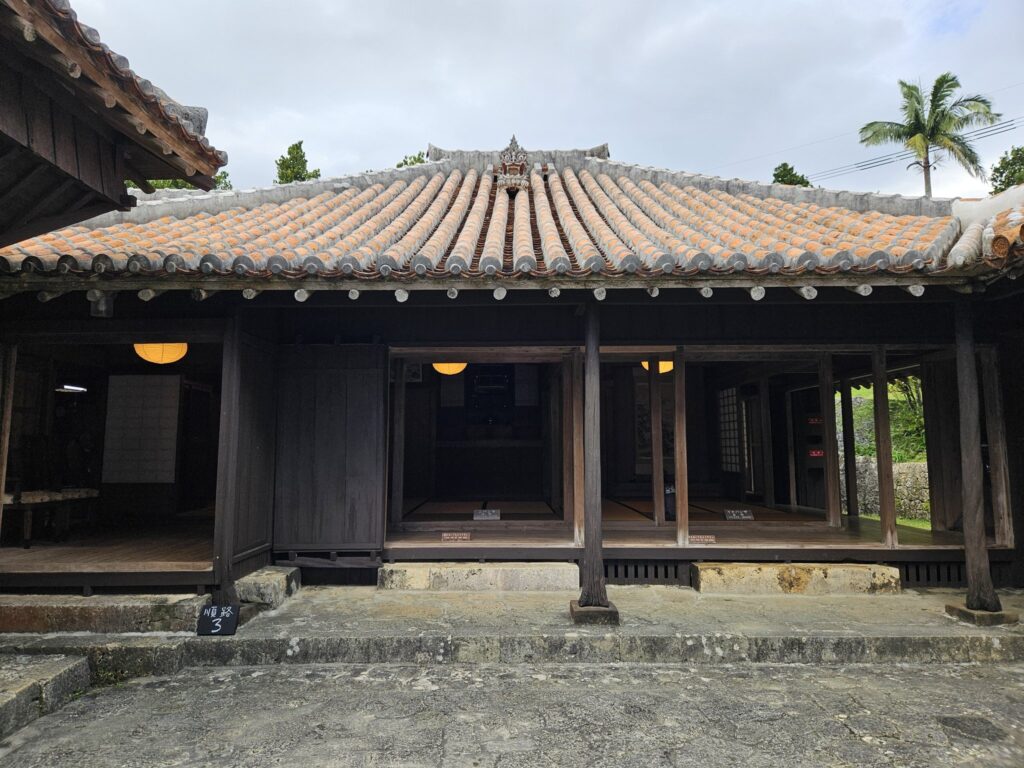
4. Kinjo-cho Stone-paved Road
This historic stone-paved road leading from Shurijo Castle is lined with traditional homes featuring red roof tiles. Walking along this picturesque path offers an immersive journey into Okinawa’s past.
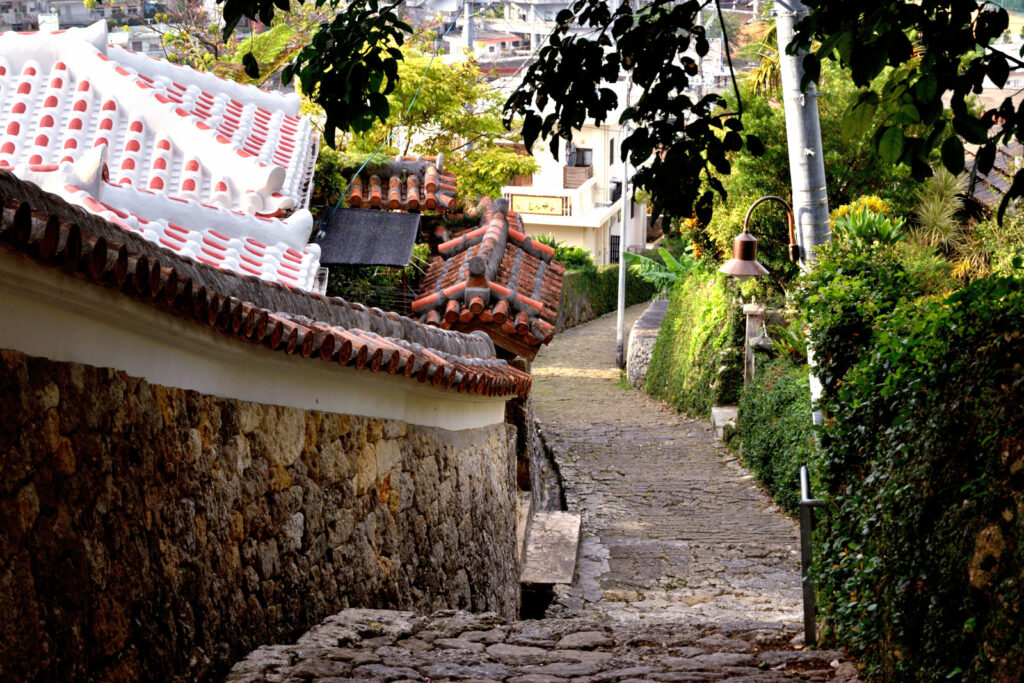
Conclusion
Okinawa’s red roof tiles are more than just a visual hallmark—they are deeply rooted in the region’s history and adapted to its unique climate. From the royal palaces of the Ryukyu Kingdom to traditional village homes, these tiles continue to define the island’s distinctive architectural style. When visiting Okinawa, take a moment to admire the beauty and craftsmanship of these historic roofs.
Alcoholic beverage Anime April Architecture August Autumn Building Capital Area Cherry blossom February Flower Izakaya Japanese food July Kinki kyoto Local ramen Manga March Nagoya Nature Nightlife Night view October Osaka Photogenic Pink Red Sakura September Shopping Shrine Souvenir Spring Station Summer Superb view Temple Tips Tohoku Tokai Tokyo Torii White Winter


